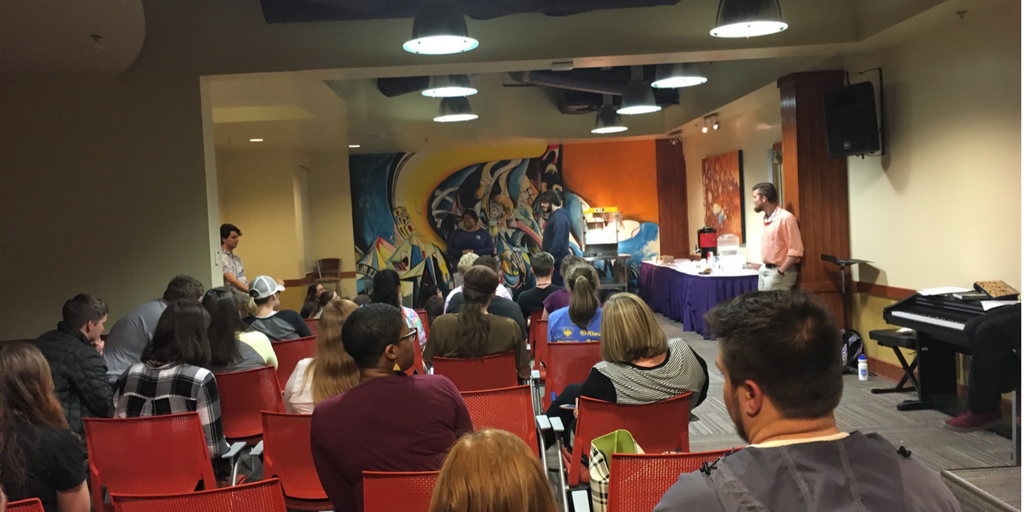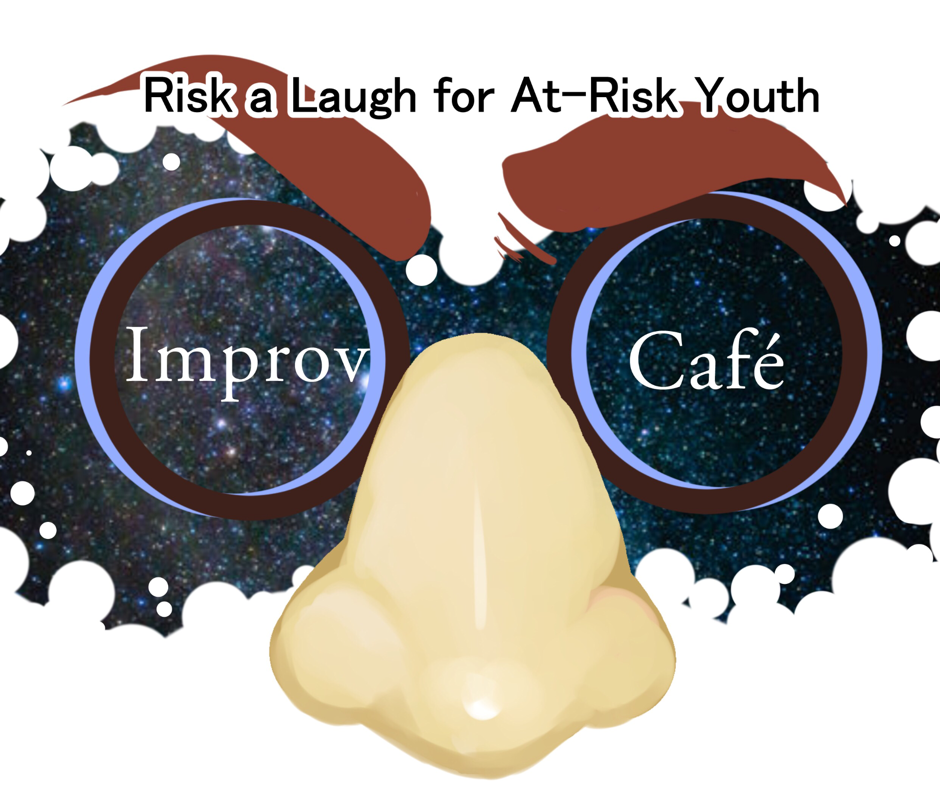
One could say this class was pretty ambitious, using art as a tool for justice and community problem-solving. We started the class by going through different theatre and justice models, such as El Teatro Campesino, the Black Arts Movement, the Living Newspapers, and Boal’s Theatre of the Oppressed, playing various games and activities that build trust, focus, creativity, and critical thinking. Our end goal was always to engage in community issues through art and theatre. We also developed programs or events we could implement in our own communities. For us, the students in the class, we were to transform ourselves from students and participates to teachers and leaders in our workshops.
Theatre and justice isn’t all about flash mobs and performance art at the steps of the capital; it can be much more livable and community oriented endeavor. As part of the Ozark Living Newspaper, our class took that to heart as we developed our workshop material. We chose to do a series of workshops with individuals currently participating in the Faulkner County juvenile probation program. Our overall goal was to build trust between the kids that we were working with and help them feel more comfortable with discussing the issues that they face personally and that they see in the community, while promoting the importance of theatre and other performance arts.
In our workshops, we would start with some warm-ups, then do a focus activity, process, and repeat. The processing was the most important part. It gave us, the students and leaders, as well as the court kids a chance to think critically about our communities, their issues, and our opinions as affected by our experiences. Our work culminated in an Improv Show on April 27th, where donations were collected to benefit the probation program. We raised over $100. Some of our workshop participates were in the audience and even showed their new improv skills during the show.
In Boal’s Theatre of the Oppressed model, there are, first, spectators and actors. The actors start a performance around a social issue, then pause and ask the spectators what they would do differently. A spectator would take the place of an actor, effectively doing three things: engaging in the issue directly, transforming into a “spect-actor”, and practicing for real action and change. Our workshop participants became spect-actors, practicing the steps to real change.
When I first learned, we would be working with youth adults going through the juvenile probation program, I was excited and scared. Not for my safety but for their participation. I was worried they would not understand or want to engage, so, at the first workshop, I was very surprised to see them participating and enjoying themselves. Every workshop since, they showed new creativity, ideas, and progressiveness. I was doubting how much they could enjoy and grow from the activities, but once they were through the series, I could plainly see how art and theatre could affect a group of people positively. Through our work, they can now do the same in their own communities.






